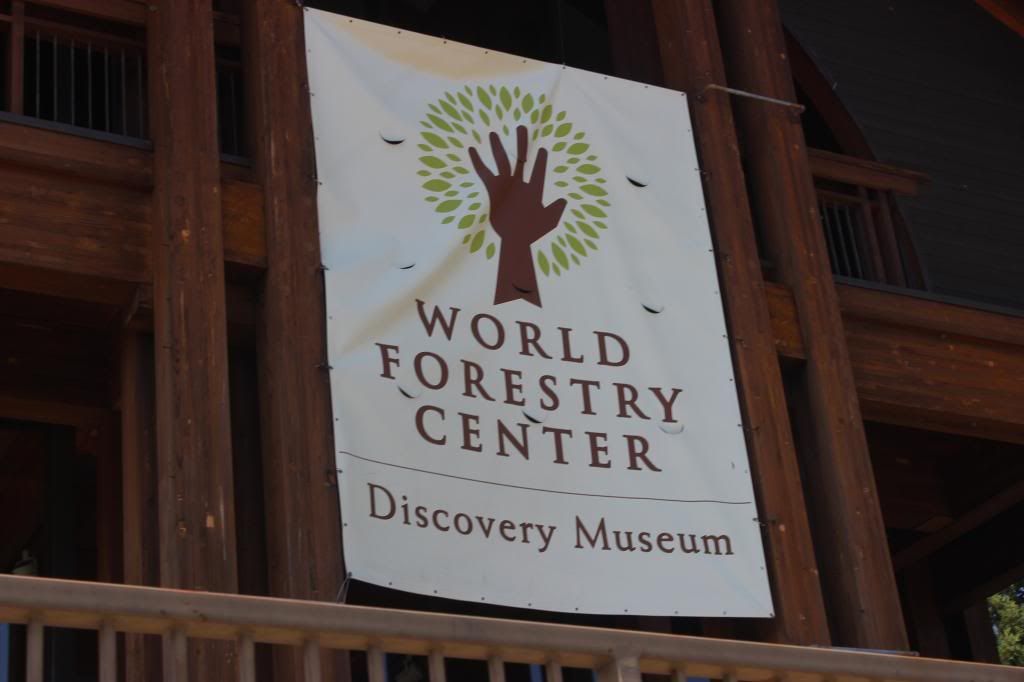

So I recently vetntured to Portland Oregon with my lovely family to visity the world forestry meuseum as part of my project. This mueseum is really a teachers meusuem. It lacked information on the walls and exibits and was more taylored to the teacher being there to guide a group around and tell them about the things that they are seeing. I feel that the museum was not up to par with what I needed to see for this program..so I went to the zoo.
While the zoo may not work for anyone elses project it did work for mine. The portland zoo was one of the best zoos I have seen for habitat design. The enclosures were so well designed as to put sleeping and eating spaces right where the public could veiw the animial. Often times you may go to a zoo and the animal will be sleeping in a back corner of the exibit where its den is located. The portland exibits had windows attached to the dens so that the animals where always in view.
When we talk of outdoor domestic space we must take into account how animals live in the outdoors. Exibits in a zoo must be designed to make the habitant feel natural and at home. It takes a great deal of design to make this possible.

Above is a sketch of a sea lion habitat. The arhetect must take into acount living space play space resting space and feeding space when designing for the animal. There is also holding spaces for the animals at night.
Animal den design in the wild also carries over to alot of suvival shelters. The polar bear mother will dig a den into the snow where she will birth and care for her young. The aspects of this design carry into the designs listed in survival manuals for building snow caves.


The portland zoo allowed me to get close to the creatures that I enjoy sharing space with all the time. From otters to bears. From mountain lions to bald eagles. In the pacific northwest we all share the outdoors. It is humbling to know that there are creatures in the woods who you could squash with your foot and others who could eat you for dinner.
